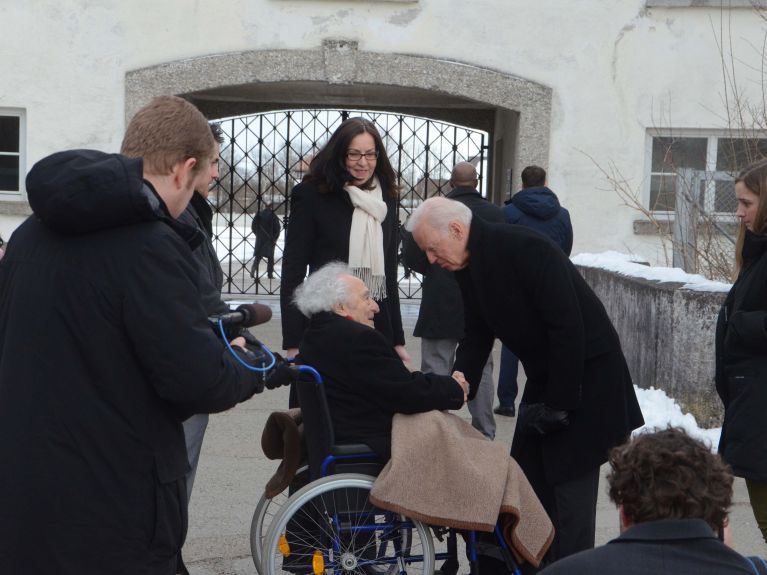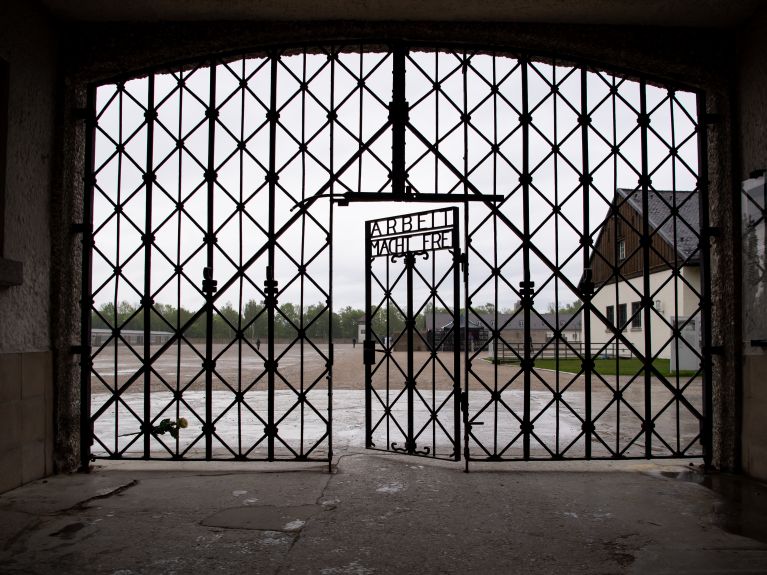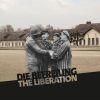Remembering the horror
US President Biden has visited the Dachau Concentration Camp Memorial Site several times – and also viewed it critically. An attempt at clarification.

What connects US President Biden with the Dachau Concentration Camp Memorial Site?
In his 2017 book Promise Me, Dad, which was published in German in 2020 under the title Versprich es mir, Joe Biden writes about the Dachau Concentration Camp Memorial Site. He describes how he visited the site with his granddaughter Finnegan in February 2015. Biden had already taken his children Beau, Hunter and Ashley to the memorial on separate trips. “This was a place I felt all my children and grandchildren needed to experience”, he writes about the former concentration camp, which was liberated by US troops on 29 April 1945.
What did Biden criticize?
The warning memory of Nazi terror and the Shoah, admonished Biden, is threatening to fade. About his visit with Finnegan, he writes: “It was the same path I had taken with Finnegan’s father, Hunter, thirty years earlier, but it was different. It seemed as though things had been rearranged to make visitors less uncomfortable.” There were also guides at Dachau, he continues, according to whom prisoners at the camp “were never gassed there, or that the gas chamber was used only a handful of times”.
How has the Dachau Concentration Camp Memorial Site responded to Biden’s criticism?
“We should be grateful to President Biden for having raised in his book the question of the authenticity and re-shaping of the Dachau memorial site, presumably referring to the newly designed entrance area of the memorial”, says Gabriele Hammermann, Director of the Dachau Concentration Camp Memorial Site. The appearance of the entrance changed significantly before Biden’s last visit. For decades, visitors had come directly into the former prisoners’ camp. Hammermann explains: “The survivors, who formed the Comité International de Dachau in 1955 to fight for a worthy memorial, worked to ensure that the historical entrance to the camp, the way through the so-called ‘Jourhaus’ with the gate and the cynical inscription ‘Arbeit macht frei’, should be used as the entrance to the memorial site. Since the 60th anniversary of the liberation in April 2005, the site can be entered by the historical entrance. Biden probably found the changed entrance, together with the newly-built visitor center, to be somewhat less drastic.”

Hammermann accounts for the gas chamber as follows: “The gas chamber in the Dachau crematorium wasn’t used for the mass murder of people with poison gas. Isolated reports from contemporary witnesses indicate that experiments with poison gas were carried out in the gas chamber on some prisoners.” Because of the fragmentary nature of the sources, why the Nazi regime built a functioning crematorium in the camp, but then did not use it for purposes of mass murder, escapes explanation. Hammermann emphasizes that the employees of the memorial’s education department have consistently conveyed to visitors well-established scholarly information in a nuanced manner.
What does the future of the Dachau Concentration Camp Memorial Site look like?
As part of an upcoming redesign, the Dachau memorial site will display further relics and historical traces, and include buildings such as the camp commandant’s office and the former SS guardhouse. “With the next redesign,” says Hammermann, “we want to bring more to light the first phase of the Dachau concentration camp, spanning the years from 1933 to 1937, because Dachau was decisive for the development of the concentration camp system. It’s planned,” she adds, “to include in the memorial site the building used for the Dachau trials. The Americans held around 500 trials. In the course of these, they took into account that, by joining the SS, members already pledged themselves to commit murder. The Federal Republic of Germany was to adopt this legal position only decades later.”


